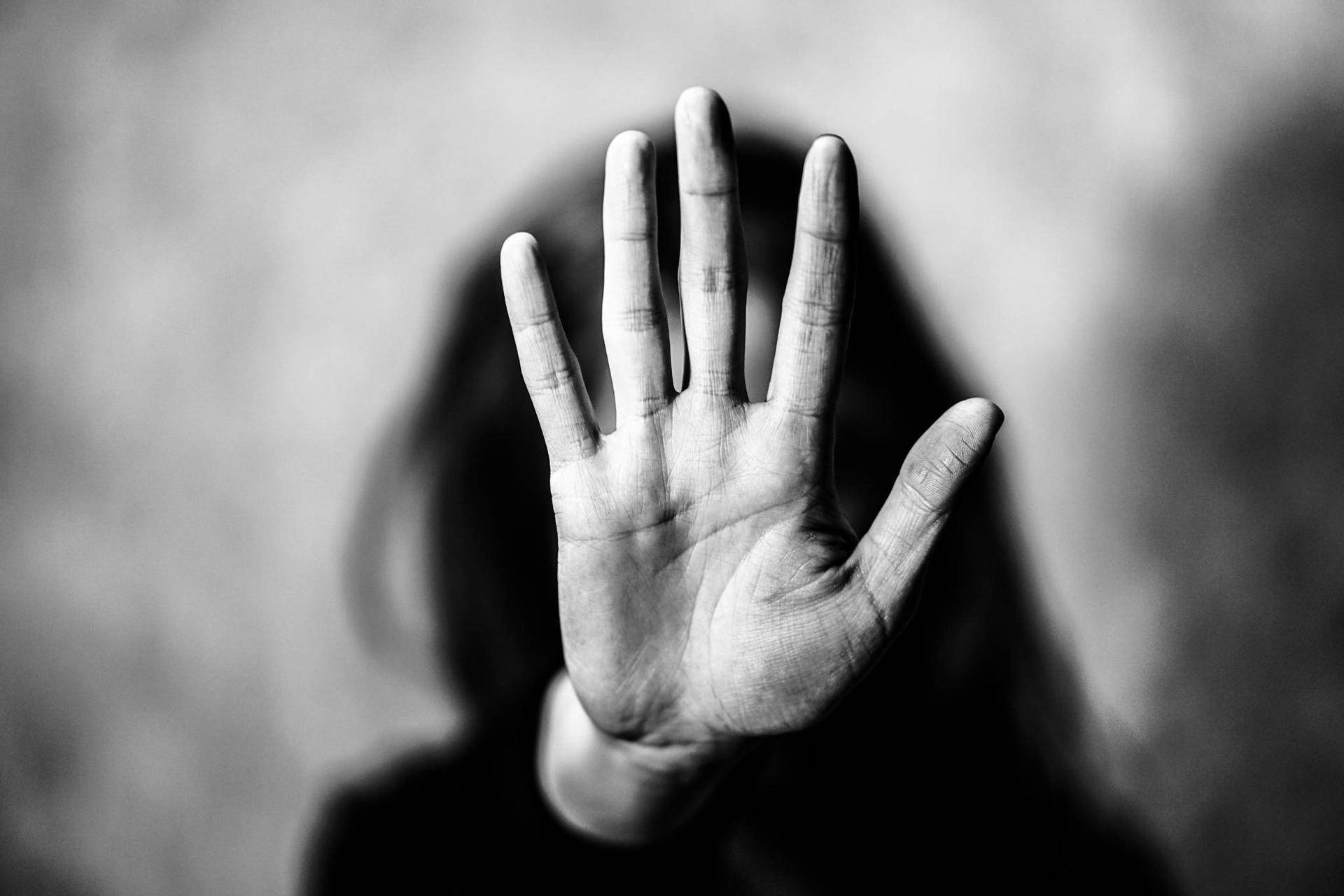By Emily Darowski
A recent U.S. survey estimated that one in three Utah women (33.6%) will experience some form of sexual violence, physical violence and/or stalking by an intimate partner in her lifetime. Additionally, 41.6% of Utah women will experience psychological aggression and 36.4% will experience coercive control.
According to the National Coalition Against Domestic Violence, domestic violence (DV) is “the willful intimidation, physical assault, battery, sexual assault, and/or other abusive behavior as part of a systematic pattern of power and control. It includes physical violence, sexual violence, psychological violence, financial, and emotional abuse.”
Because of the higher rates of DV among women and the prevalence of DV in Utah, the Utah State University Utah Women & Leadership Project (UWLP) recently released a report seeking to better understand DV in Utah.
“It is critical to raise awareness and help Utah communities understand the impact of domestic violence,” said Susan Madsen, UWLP founding director. “It can be perpetrated against anyone regardless of age, race, ethnicity, religion or socioeconomic status. It affects not only women, but their families, friends, children and communities.”
Data about female and male DV victims, collected from 2017 to 2021 by local law enforcement agencies that participate in the National Incident Reporting System (NIBRS), found that 30.2% of reported DV was enacted by a boyfriend or girlfriend, 19.8% by a spouse (legal or common law) or ex-spouse, and 17.9% by a parent.
The total number of incidents reported to the NIBRS increased from 2017 to 2021, with a total increase of 15.7%, an average increase of 3.8% per year.
According to Christiana Wagstaff, the lead UWLP report author and a victim advocate at Utah Valley University, experts acknowledge DV is an underreported crime. Thus, it is difficult to know precisely how widespread the problem is.
National and global statistics suggest DV rates are particularly high among Black women, Native Hawaiian/Pacific Islander women, and Native American women compared to White, Asian, and Hispanic/Latinx women. Lesbian, Gay, Bisexual, Transgender, Intersex, Queer + community members experience violence at higher rates than other communities, as do those with a disability.
In Utah, from 2009-2016, 22.7% of all homicides were related to intimate partner violence (84 incidents) or DV (54 incidents), and about half of the intimate partner violence incidents were murder-suicide cases, with 85.9% of the victims being female.
According to 2020-2021 data, there were 1,929 reported Utah violence cases in the presence of a child. The 2009–2016 homicide data reported that 44 children were directly exposed to a homicide (i.e., saw/heard it, found body).
The 2021 Utah Adolescent Health Report provides rates of dating violence in Utah’s middle/high schools. Girls who reported rates of dating violence decreased slightly between 2017 (12.5%) and 2019 (10.9%), but rose again in 2021 (12.4%). Utah girls were more likely to report dating violence than Utah boys at an average of 3.1% higher.
According to a 2017 Utah Department of Health report, Utah women who have been victims of DV are significantly more likely to have seven or more poor mental health days, miss more than seven days of work or activities, have difficulty concentrating or remembering, binge drink, smoke every day, have difficulty doing errands alone, and have poor health compared to Utah women who have not been victimized.
Each year, the National Network to End Domestic Violence conducts a survey that asks DV programs from around the country to report services provided during the same 24-hour period. In 2021, 14 DV programs in Utah reported that 916 victims received services and 217 individuals went unserved.
“Data collection is critical to understanding the impact of domestic violence in Utah,” Wagstaff said. “We strongly recommend mandating data reporting and requiring law enforcement agencies to unify incident coding. We also recommend tracking demographic information, particularly regarding gender, race and other important variables.”
Further recommendations include expanding funding and support for DV victims, implementing stronger restrictions and consequences for offenders, building a unified plan among stakeholders, and using statewide needs assessments to help with ongoing recommendations.
“Anything other than reductions in rates of domestic violence constitutes failure,” concluded Madsen. “One of the most important actions each person can take is to know the signs of domestic violence and believe friends and loved ones if they express fear about a relationship.”
Additional report authors are Tatiana Leroy, UWLP research assistant; Jessica C. Hill, UVU director of project-based learning and EID fellow for student success; Cameron Hopkin, UVU lecturer of psychology; and Emily S. Darowski, UWLP associate director. To see the full report, including references, click here. For further information on UWLP programs and projects, visit utwomen.org.

